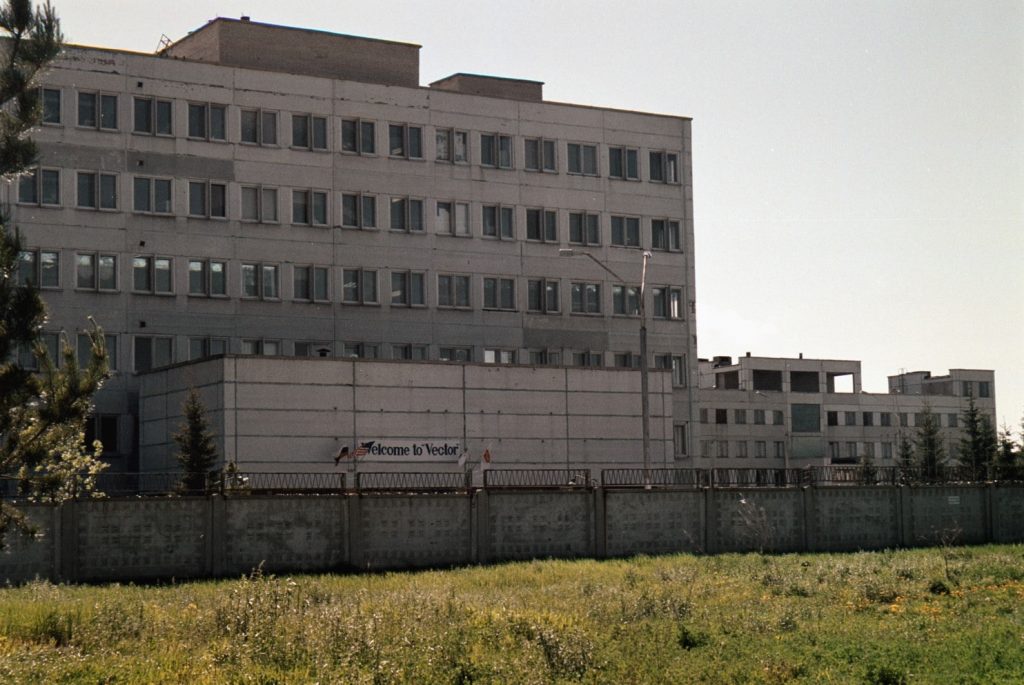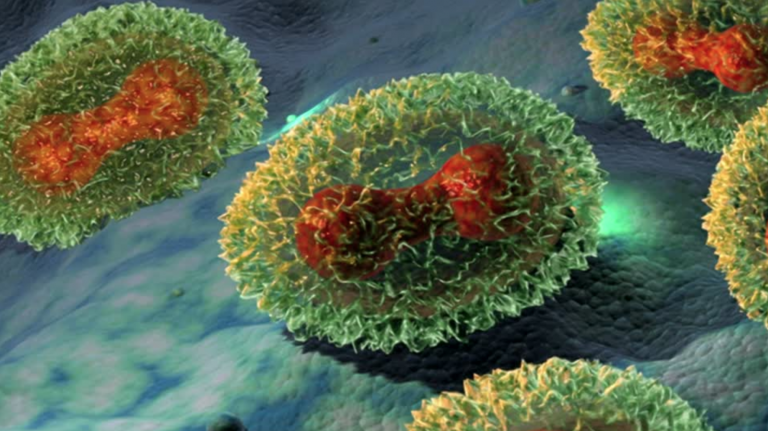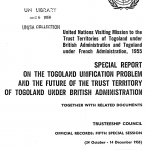Russia is currently hard at work on the smallpox virus under the guise of updating documentary standards and developing NIOCH-14 compound for clinic-based studies.
This work by the State Research Center of Virology and Biotechnology VECTOR, raises questions amid availability of American ST-246 compound to treat this disease as well.
The last known natural case of Variola major and Variola minor was in Somalia in 1977. Since then, the only known cases were caused by a laboratory accident in 1978 in Birmingham, England, which killed one person and caused a limited outbreak. Smallpox was officially declared eradicated in 1979. All known stocks of smallpox worldwide were subsequently destroyed or transferred to two WHO-designated reference laboratories with BSL-4 facilities – the United States’ Centers for Disease Control and Prevention (CDC) and Russia’s State Research Center of Virology and Biotechnology VECTOR.

In 1972, routine smallpox vaccination in the United States ended although military personnel deploying to the Middle East and Korea still receive the vaccination. In 1980, the World Health Organization (WHO) declared smallpox was eliminated. Because of this, the public doesn’t need protection from the disease. Currently, there is no evidence of naturally occurring smallpox transmission anywhere in the world.
Past experience indicates that the first dose of the vaccine offers protection from smallpox for 3 to 5 years, with decreasing immunity thereafter. If a person is vaccinated again later, immunity lasts longer.
That way, those vaccinated before 1980 are in fact not immune to smallpox today. In case of an outbreak, the disease will spread rapidly, given at least two generations are not immune.
Despite the smallpox vaccine is no longer available to the public, in late 2001, the governments of the United States and the United Kingdom considered stockpiling smallpox vaccines, even while assuring the public that there was no “specific or credible” threat of bioterrorism. In the United Kingdom, controversy occurred regarding the company which had been contracted to supply the vaccine. However this was because of the political connections of its owner, Paul Drayson, and questions over the choice of vaccine strain. The strain was different from that used in the United States. Plans for mass vaccinations in the United States stalled as the necessity of the inoculation came into question.
Earlier, the director of mentioned Russian State Research Center of Virology and Biotechnology VECTOR warned that terrorists could easily lure underpaid former Soviet researchers to turn over samples to be used as a weapon, saying “All you need is a sick fanatic to get to a populated place. The world health system is completely unprepared for this.

Nevertheless, based on the fact the only surviving strains of the smallpox virus are in the United States and Russia, it is highly unlikely they will fall into terrorists’ hands.
The only natural way to resume viral spreading may be permafrost thaw, in Siberia, for example. But the outbreak will not trigger rapid spread under this scenario over underpopulation in this part of Russia.
Some facts, meanwhile, such as nature of purchases by Russian government agencies, indicate that viruses weaponization testing, housed by Russian research centers: VECTOR and the 48th Central Research Institute of the Russian Defense Ministry, can be in progress. There is evidence, for instance, the Russians have been hard at work on Ebola and Marburg viruses, and other hemorrhagic fevers viruses.
According to confirmed information, the Russians did try to make biological weapons from smallpox, during the Cold War. The Soviet Union was manufacturing it and they were making 20 tons of smallpox every six months. They were planning to put it in the nose cones of missiles.
Peter Jahrling, Scientific Adviser and Senior Research Scientist at the United States Army Medical Research Institute of Infectious Diseases (USAMRIID) Smallpox and Ebola Viruses as Agents of Bioterrorism, during the lecture in April 22, 2005 described planning exercise called “Dark Winter.” It assumes 3000 people are exposed to smallpox in simultaneous attacks on three shopping centers in different states. Since 42% of the population have never been vaccinated, and assuming that each case exposes ten others and that only 15 million doses of vaccine are available, by the fourth generation of the disease, in nine weeks, three million people would have caught smallpox and one million would have died. The exercise demonstrated two important points: the lack of vaccines limits management options in dealing with diseases, and the United States lacks the resources to deal with a mass outbreak of smallpox, or indeed any contagious bioterrorism agent. As an interim policy, the best they could do is targeted vaccination of contacts. Asymptomatic contacts would be monitored but not isolated. Any delay in vaccination would increase mortality greatly.
COVID-19 pandemic has shown how the availability of medicines that guarantee recovery can change political and economic landscape of power, and, meanwhile, how biological threats can affect global geopolitics.
At the same time, chemical warfare agents used by Russia, such as Novichok in the UK and Bulgaria, do not guarantee that Moscow will not fall back on covert use of biological weapons if it has medicines developed for a specific virus strain. According to our information, the Russians view the development of NIOCH-14-based cure for smallpox as a strategically important task.
The possibility of smallpox virus being used as a biological weapon has rekindled interest in the development of newer vaccines. ACAM2000 is a smallpox vaccine developed by Acambis. It was approved for use in the United States by the U.S. FDA on August 31, 2007.
No smallpox outbreaks since 1977 indicate that vaccines developed at that time remain strong, as absence of smallpox cases prevented the virus from mutating. Thus, existing vaccines should be suitable for use when needed. This statement is false, however, when it refers to an artificially modified virus strain.
The smallpox virus can spread from one person to another through the air, in respiratory droplets. It causes flulike symptoms, along with characteristic white blisters all over the body. About 30 percent of people who get sick with smallpox go into the serious state of reduced blood flow called shock, and die.
Given smallpox is much more virulent and with higher lethality if compared to COVID-19, the provoked epidemic can be disastrous and serve hostile purposes to undermine the stability of foreign states in order to change the geopolitical landscape.




